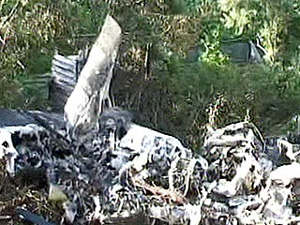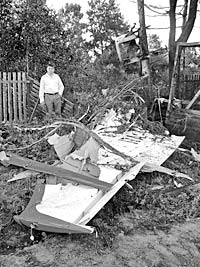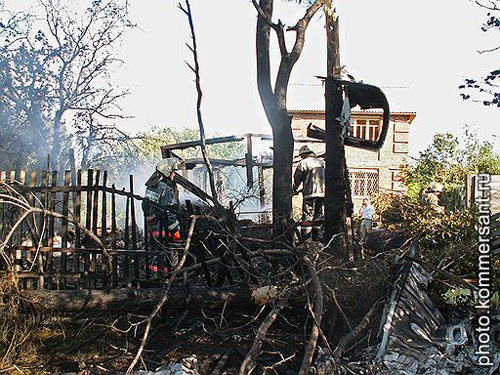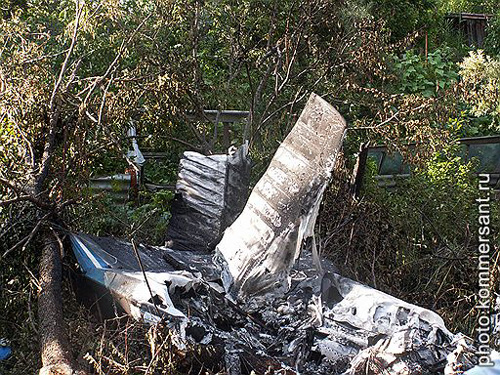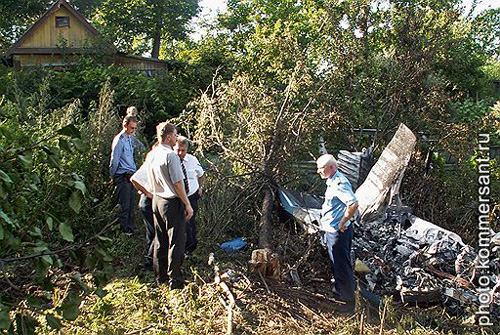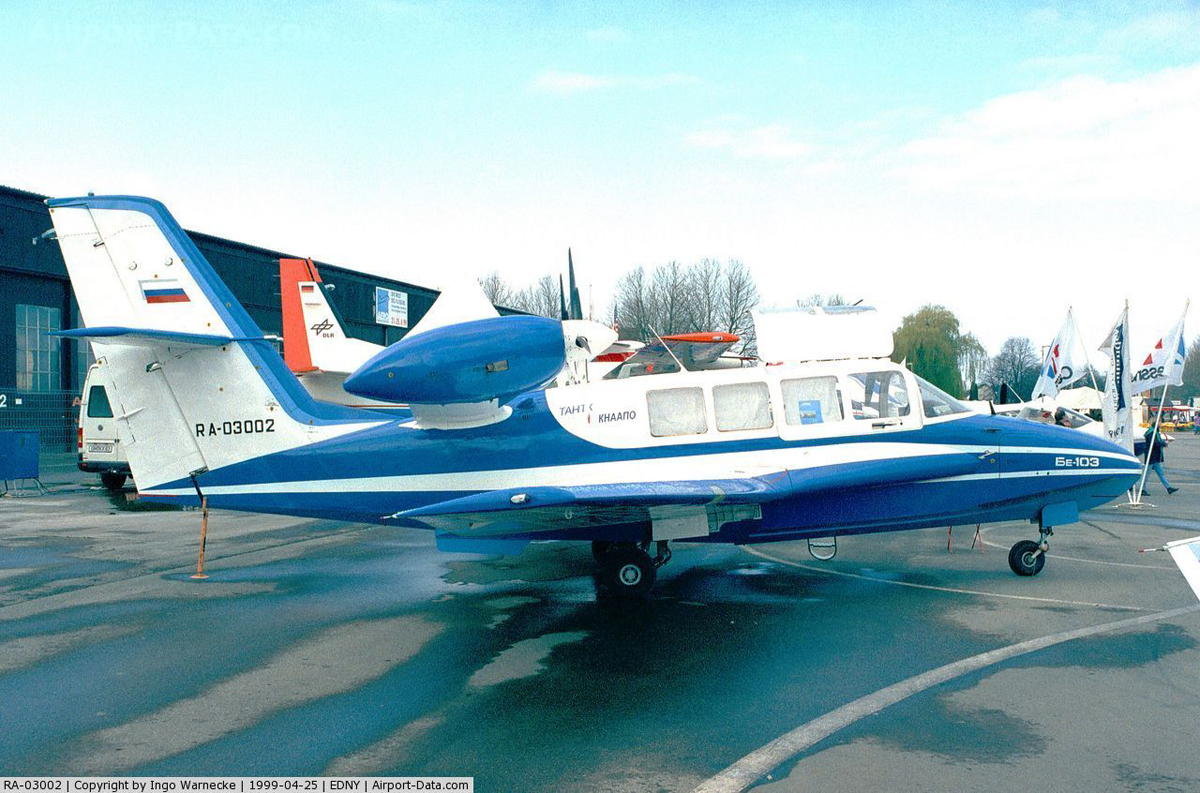Crash of a Beriev Be-103 in Khabarovsk
Date & Time:
Jul 27, 2006 at 1743 LT
Registration:
RA-01851
Survivors:
Yes
Schedule:
Khabarovsk - Komsomolsk-on-Amur
MSN:
32 01
YOM:
2004
Crew on board:
2
Crew fatalities:
Pax on board:
1
Pax fatalities:
Other fatalities:
Total fatalities:
0
Aircraft flight hours:
79
Aircraft flight cycles:
64
Circumstances:
Less than one minute after takeoff from Khabarovsk-Maly airport, while climbing to a height of 21 metres at a speed of 155 k /h, the right door opened and detached. It struck the right propeller, causing the right engine to fail. The crew lost control of the aircraft that stalled and crashed in a garden located less than one km from the airport, bursting into flames. The aircraft was destroyed by a post crash fire and all three occupants were seriously injured, among them Alexander Perkash, Director of the company.
Probable cause:
It was determined that the accident was the consequence of the accidental opening and detachment of the right door during initial climb. The following findings were identified:
- Poor flight preparation,
- The landing gear were still down, increasing drag,
- The distance between the airplane and the ground was insufficient to expect a stall recovery,
- Poor conception of the door lock mechanism,
- The crew failed to check that the door was properly locked prior to departure.
- Poor flight preparation,
- The landing gear were still down, increasing drag,
- The distance between the airplane and the ground was insufficient to expect a stall recovery,
- Poor conception of the door lock mechanism,
- The crew failed to check that the door was properly locked prior to departure.
